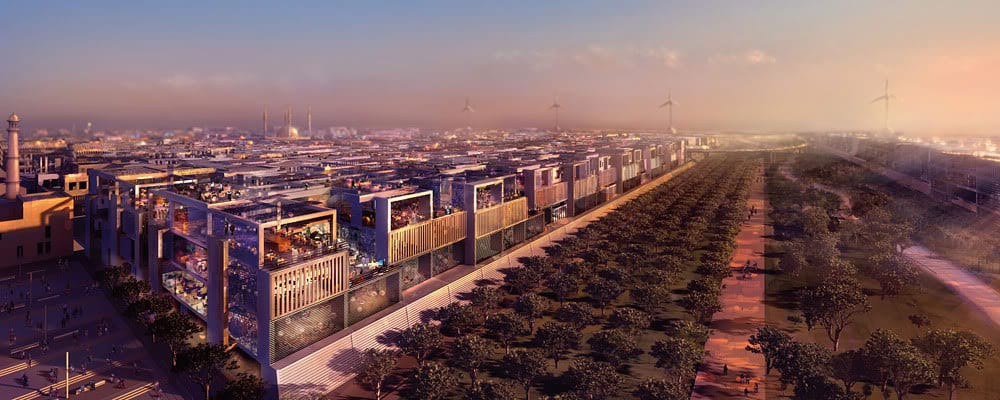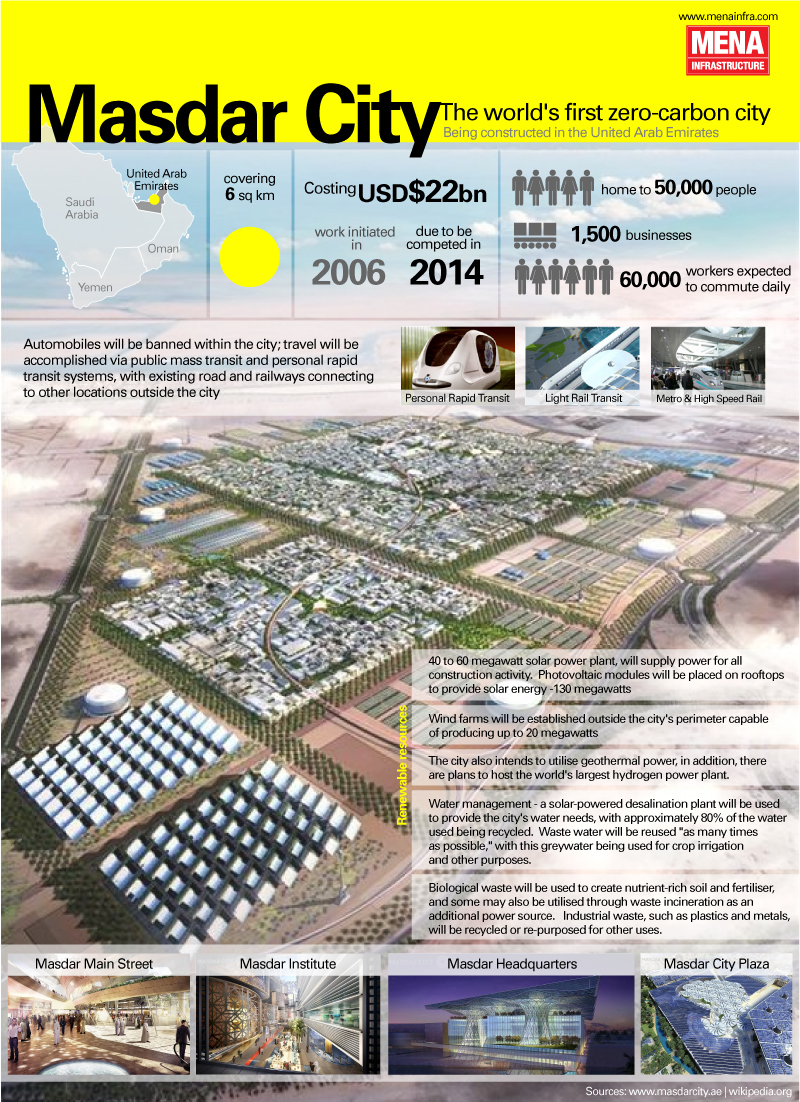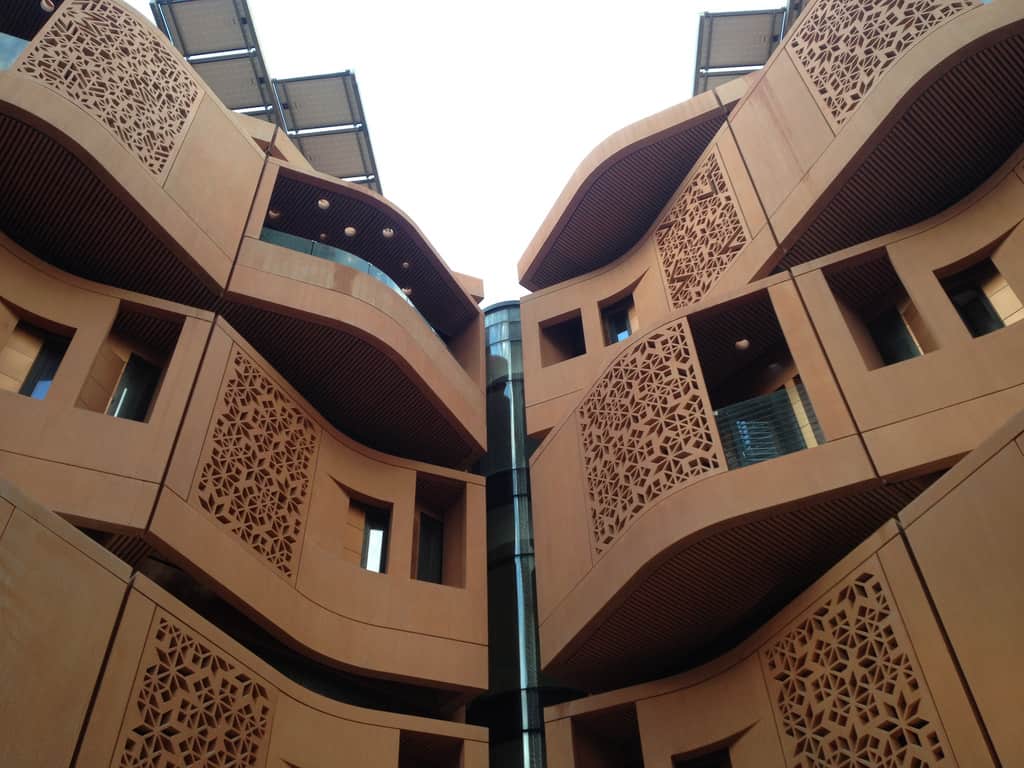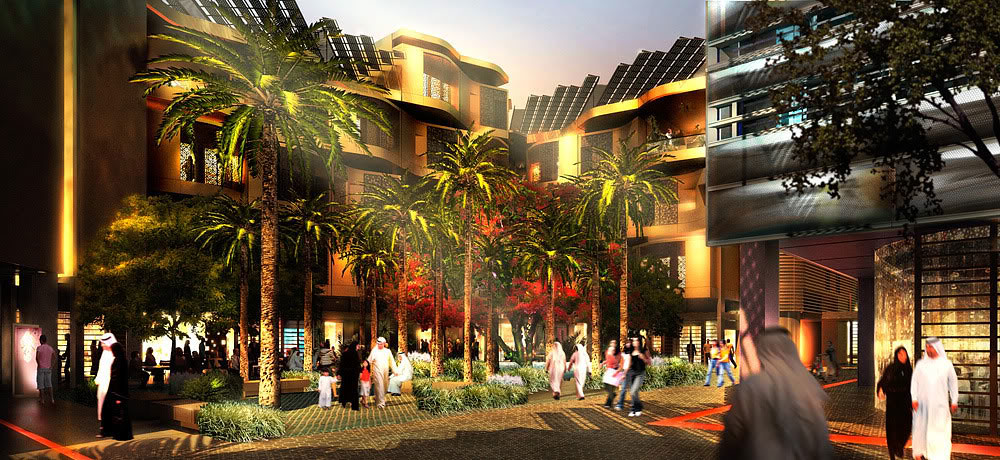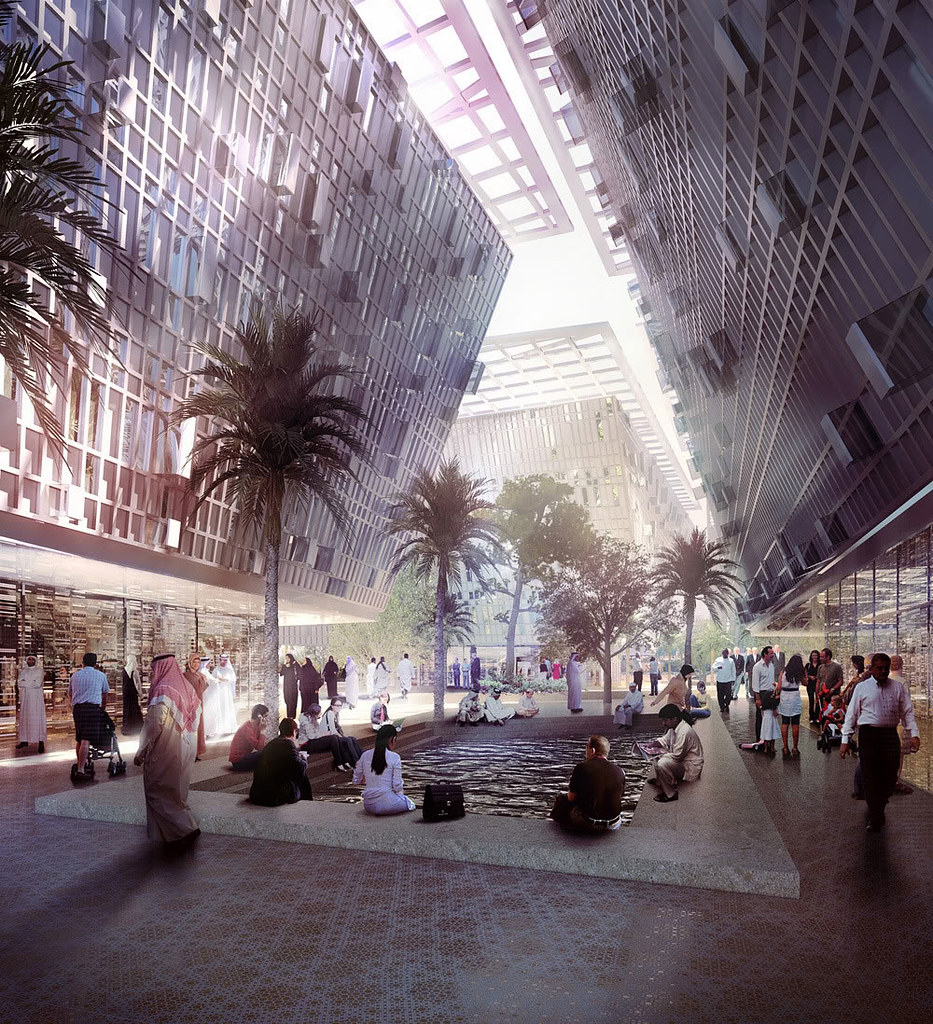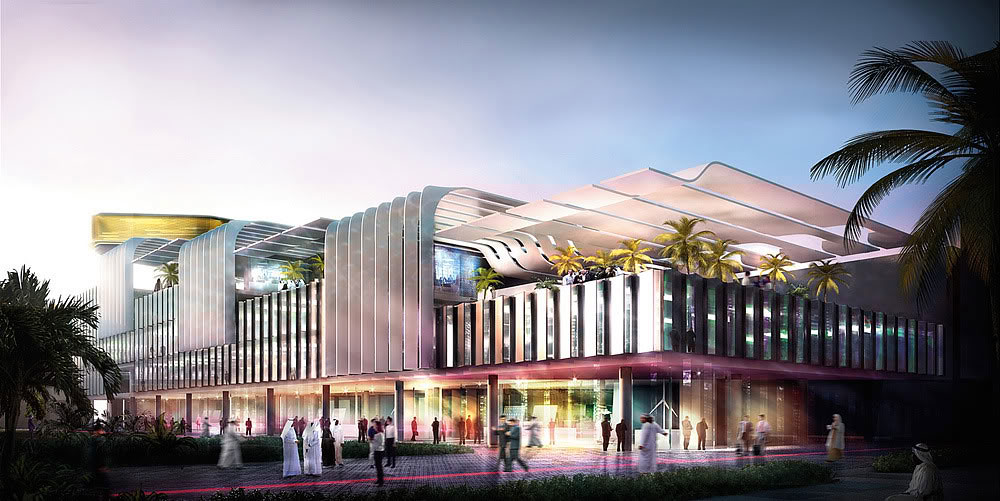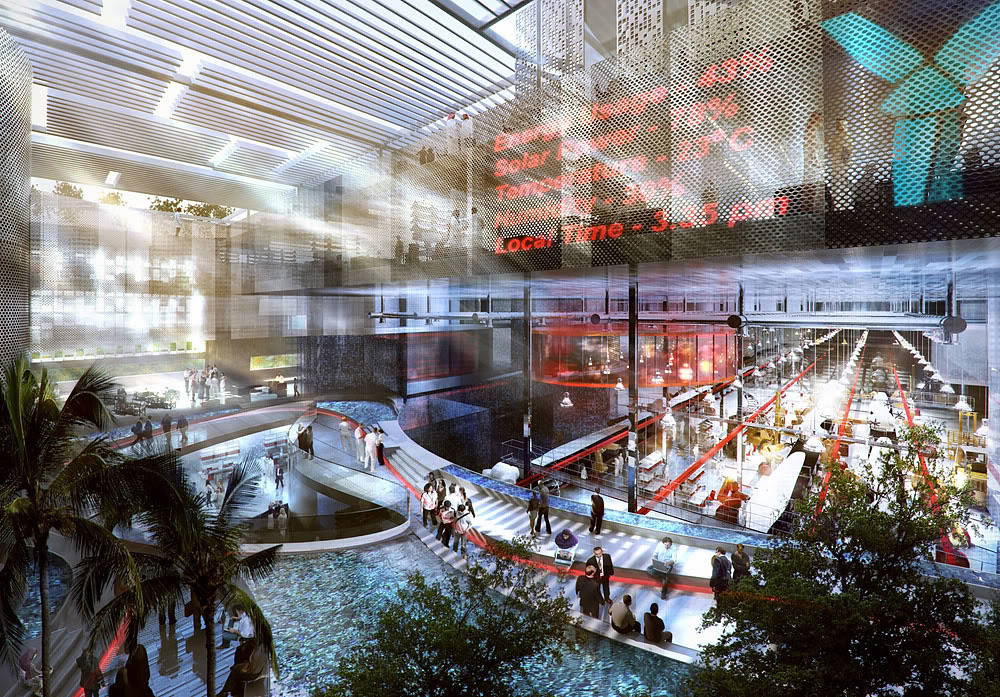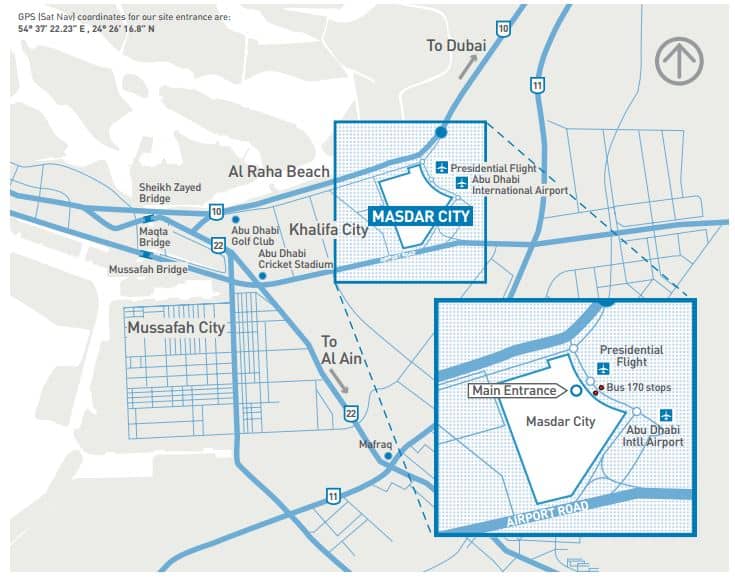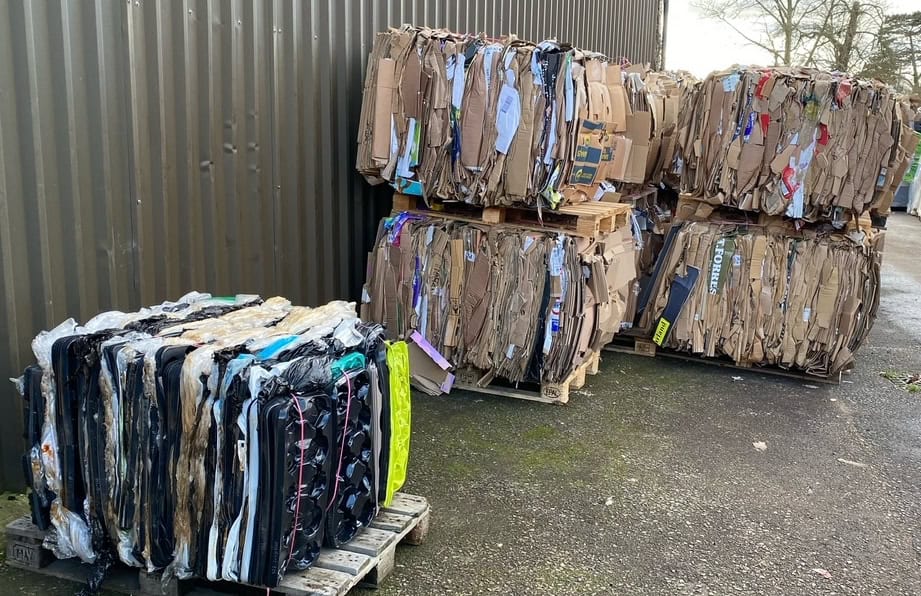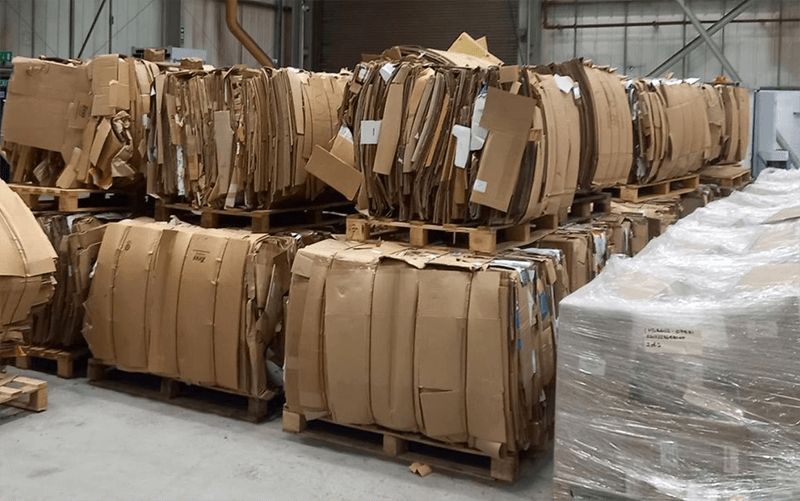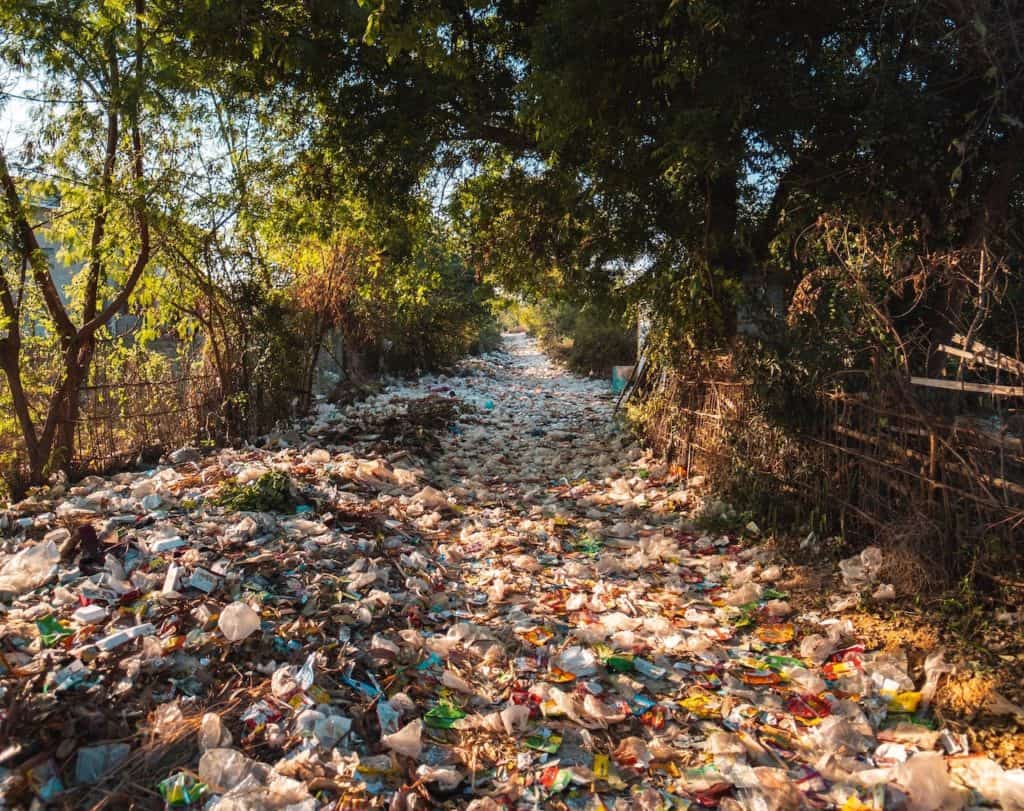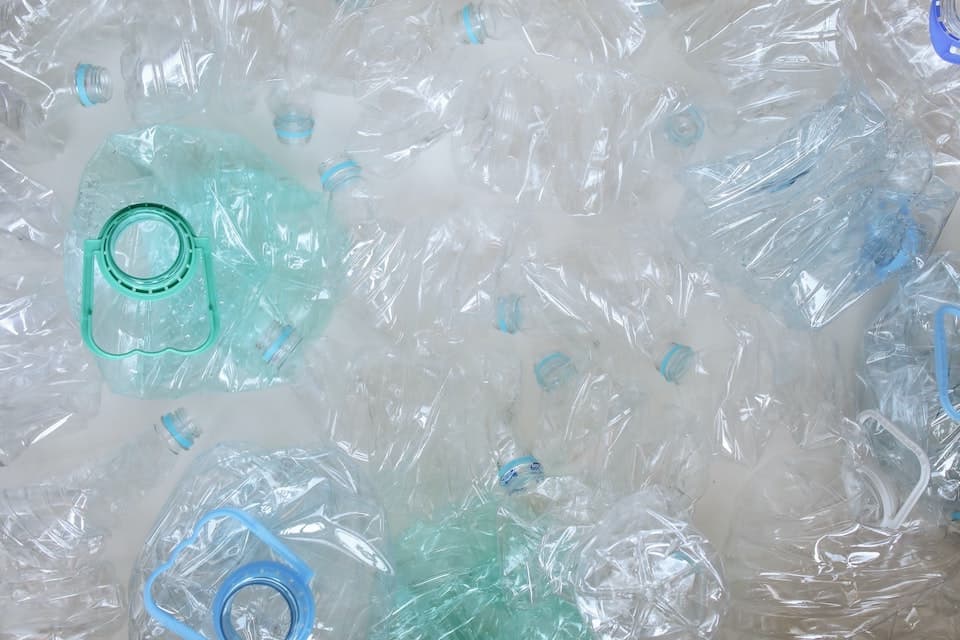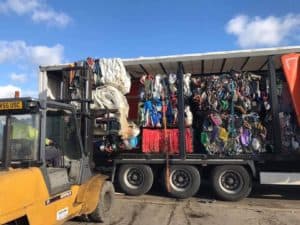Masdar City, just outside Abu Dhabi, UAE, hasn’t finished being constructed yet, regardless, it still deserves to make our series of sustainable cities.
Masdar may be the only sustainable city in our series that provides more questions than answers. The predominant reason for this lack of certified data is that the city is still very much a project just learning to walk. Completion dates have been pushed back further and further; with the latest estimate at 2025, a decade longer than expected.
It’s nigh on impossible to state whether the project has been a success as of yet, though even if it were to fail, it would still provide invaluable data. So, instead of being able to show how recycling rates have improved over recent years, how the local community has improved the message of sustainability and how ‘plans are being drawn up’ for local renewable energy – we are going to see what will be done.
Why is there an Eco-City in Abu Dhabi?
Firstly, let us explain what Masdar is, and why it exists. Funded by the Abu Dhabi government in an attempt to win a portion of the renewable energy market before the oil dries up; the city’s introduction was also tasked with improving the negative image of the Emirati carbon footprint. Currently Emriati people have the highest carbon footprint on earth (per person), which is unsurprising when you consider that their diesel is the cheapest.
Building a city from scratch is part of a larger master plan known as ‘Abu Dhabi Economic Vision 2030’, which seeks new national incomes from ‘knowledge-based economic sectors’. Knowing this, it explains why the £20bn project, personally bankrolled by Sheikh Khalifa bin Zayed Al Nahyan welcomed MIST. Not the kind of mist you might expect in high altitudes, but the Masdar Institute of Science and Technology, an overseas campus of MIT. For those who aren’t aware, MIT stands for the Massachusetts Institute of Technology, and is rated as the number one university in the world, above Harvard, Oxford and Cambridge.
As a city in its developmental stages, it actually looks a bit like a giant business park in the middle of the desert. Internally though, the intention is to divide the city into three economically-focused areas, those being; Masdar Capital, Masdar Clean Energy and Masdar City. Within Masdar City you will find the Masdar Institute, which currently houses less than 500 people. Most of those are students and lecturers. The institute teaches Master science degrees, only in environmental areas, and has the intended promise of creating the solutions that the end of fossil fuels will create. Every resident of Masdar City is a pioneer.
Though it’s not just the residents that are pioneers, it’s everyone involved, as the Masdar project is unique as a ‘from scratch’ zero-carbon city. The Chief Architect of Masdar, Gerard Evenden is quoted as saying “What Abu Dhabi is beginning to generate is the Silicon Valley of renewable energy”.
Silicon Valley is one impressive comparison, but how about NASA? Fred Moavenzadeh, the president of MIST, claims that “It has the same rationale, the same philosophy. NASA put a man on the Moon to show the strengths of the United States in that area of technology. And Masdar is developed to show Abu Dhabi’s commitment to clean air and technology”.
Christopher Sorensen from the New Ventures Unit in Masdar City explains “the whole work and the progress of the Masdar City installation is to match demand to supply and we learn each time we build a new building each time we do a new technology, how to do that better and better and better all the time. We’re really trying to be the front runner for the region on how to produce energy in a sustainable way and how to build buildings and create technology in the buildings so that you can match the way you use energy to how much energy you actually have. This is really the trick to being sustainable and having a green city.”
What are the targets?
A project of this size and magnitude realistically has a myriad of targets, as there are so many things can could be achieved. If you consider the whole existence of a city and what has happened there; by creating a new city a new future has been created.
From the numerous targets we found for Masdar, we selected a few of the most relevant and decided to explore them a bit further.
Masdar Target:
100% of the energy to be supplied by renewable sources, including: Photovoltaics, concentrated solar power, wind, waste to energy and other technologies.
So far, this has been a success. The city generates it’s own power through these methods, with a large emphasis on solar power, which is handy, since Masdar is essentially in a desert. There are 87,777 solar panels in a purpose-built field, with even more on the city’s rooftops. Architect Norman Foster, whose firm also built iconic structures like Wembley stadium, The Gherkin and Millennium Bridge, was instrumental in designing Masdar.
Using Arabesque techniques and materials, buildings were made from coral and gypsum, absorbing heat in the day and slowly releasing it at night. The reduced need for air conditioning and water (to tackle thirst) has resulted in a 51% decrease in electricity usage and a 55% decrease in water consumption. Air conditioning is down 55% on the Abu Dhabi average.
It’s not just the walls that keep things cool; there is a large wind tower that captures cool air from above and blows it down into the city streets, keeping the temperature between 20 and 25 degrees. Right outside the city walls the temperature is closer to 40. Keeping energy use low means that less energy is required to supply the city, meaning that reaching the 100% renewable energy target was not as difficult.
Masdar Target:
99% diversion of waste from landfill; including waste reduction measures, re-use of waste wherever possible, recycling, composting and waste to energy.
Aside from recycling huge amounts of materials in the construction process, Masdar has really impressive recycling and waste management statistics. Remember that in the waste hierarchy, reduce and reuse are at the top. Well, reduction has been vital to Masdar, and since the number of shops are so limited, it has been very easy to control this.
Residents of Masdar say that living there feels a bit ‘science-fiction’ or like ‘living in an experiment’, and it’s true, as they are watched a lot of the time and digital data is recorded. There is an organic supermarket that you can be sure has limited packaging, reducing the need to recycle.
Vertical urban farming means that fresh produce can even be grown in the desert, and removes the need for packaging if the small community are willing to collect it. It also completely severs transport emissions and the distribution of packaging waste.
Whilst the city is almost Zero waste, there is a bit of waste, which is used as part of the city’s waste to energy plan. Water is recycled more than anything else in Masdar, but we will discuss that later.
Masdar Target:
Net carbon emissions of ZERO
Remember that Masdar is a city still in the making, and will still under construction for another 10 years. Now be impressed that they have already achieved net carbon emissions of zero. Only 1% is offsetting, meaning that 99% of the carbon emissions are counteracted by the positive designs and green impacts of their endeavours. This is truly a remarkable figure and sets a benchmark for sustainable cities of the future. The only question we are asking is how can they improve on zero?
Masdar Target:
Zero carbon emissions from transport within the city, including; the implementation of measures to reduce the carbon cost of journeys to the city boundaries through facilitating and encouraging the use of public transport, vehicle sharing and supporting low emissions vehicle initiatives.
This target is the one that I really raised my eyebrow at, as I think it was just a bit too easy to achieve. Aside from having to ‘check in’ your car at the entrance of Masdar, the city isn’t built for carbon emitting modes of transport. The city is built for walkers, cyclists and those who enjoying riding the underground driver-less electric vehicles.
Because the city lacks residential properties, but relies on workers to come and construct it, the carbon emissions of all the people travelling to the city each day are outrageous. That part of the equation is swept under the rug, but it still has people like Brent Toderian, the former chief planner of Vancouver, asking “What good is a car-free city if everyone’s commuting from somewhere else?”. He makes a good point.
Masdar Target:
Specifying high recycled content within building products; tracking and encouraging the reduction of embodied energy within materials and throughout the construction process; specifying the use of sustainable materials such as Forest Stewardship Council certified timber, bamboo and other products.
Achieved:
- 100% sustainable timber.
- 90% recycled content aluminium used for the inner façade. Green concrete that used ground granulated blasted slag to replace cement, reducing concrete carbon footprint by nearly 40%.
- Water-based paints that have no harmful compounds.
- Reinforcing bars made of 100% recycled steel.
- Houses and shops have thick walls made from coral and gypsum that absorb hear during the day, releasing it slowly as night.
Masdar Target:
Per capita water consumption to be at least 50% less than national average.
This can be achieved by recycling 90% of grey water, reducing water leakage and wastage. Like we mentioned earlier, reducing the amount of water needed to be consumed can be a huge part of it. Dehydration and the desert go hand in hand, so as many ideas as possible were considered to help keep people cool and free from thirst in Masdar. One such idea was the creation of narrow streets, allowing each building to shade the next.
Our favourite part is that the whole city was built on a raised platform, by slightly lifting it off the desert floor, scientists were able to lower the temperature slightly. It wasn’t just the height though, the entire project was built on a north-east axis, offering the best options for naturally utilizing shading and desert breezes!
Masdar target:
50,000 residents, 40,000 commuters, 1,000 businesses, 2% increase in GDP.
This target is one that we can look at and say ‘not quite yet’. The population is not yet in the thousands, let alone the tens of thousands. This is part of the reason for the project finish date moved from 2015 to 2025, back in 2010. The city is 6 squared kilometres in size, more than enough for that amount of people, though it would be unwise to open the gates now, because the city is still ‘in beta mode’.
Siemens have moved their headquarters to Masdar and The International Renewable Energy Agency (IRENA) are currently having a building built for them. They are just a small fraction of the intended influx of green-focused business that were hoped to have moved to Masdar by now.
When residential properties are up and running and the population begins to grow, ‘Masdarians’ will undergo five hours of sustainability education each year, ensure they are wise to the world of resource, vertical farming, wind and solar power and vehicle-less roads.
Masdar target:
Make the city a profitable success and the model for future sustainable cities.
With this target, we can only wait and see. Consider that if the project is a huge success, we could see more like it being developed all over the world. We wouldn’t expect one in Britain though, it would be hard to power a city purely on rain and sarcasm. Consider that if the project were a failure, it would be instantly known that sustainability has to be applied to pre-existing cities to reduce their negative impact. The investment would then go internal rather than external.
It is still hoped that Masdar will be the world centre of the next generation of green-tech business. If many of these businesses set up shop here, there is no reason that they cannot either collude or openly pool together ideas to solve the energy problem. Masdar can be the UAE’s message of ‘we are no longer an oil nation, we are a green energy nation’.
That final observation may be more worrying than anything. If the city is due to be finished in 2025 and coincide with a transition to renewable energy, are the fossil fuels drying up quicker than we thought?
Either way, Masdar is the experimental laboratory of future urbanism and the built environment and you should bite the hand off anyone willing to take you there! To help them, here’s a map!

